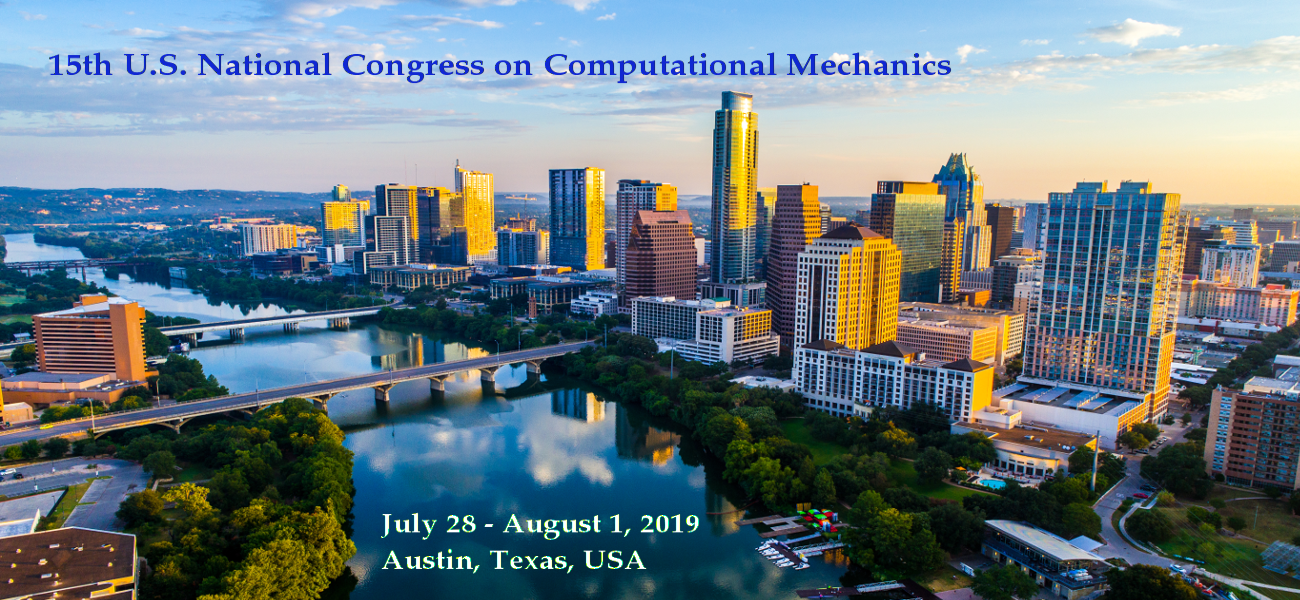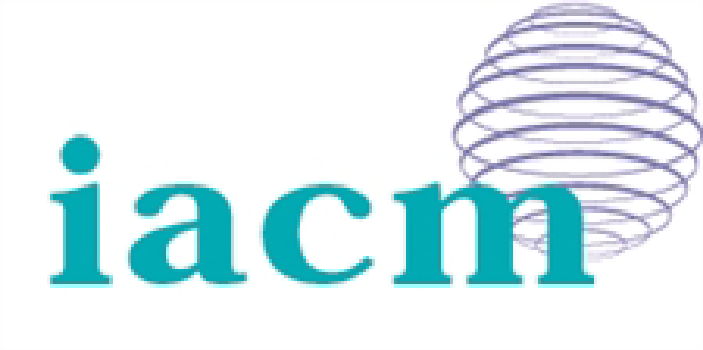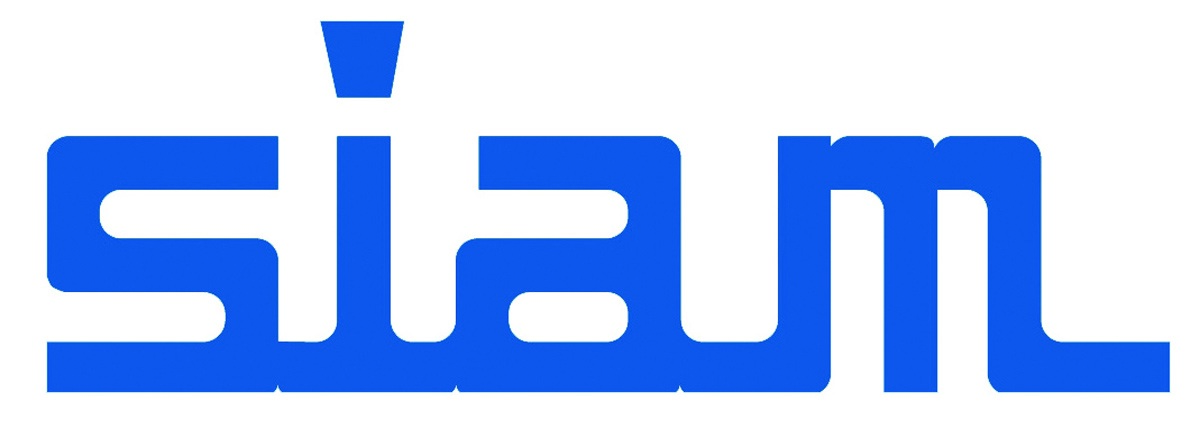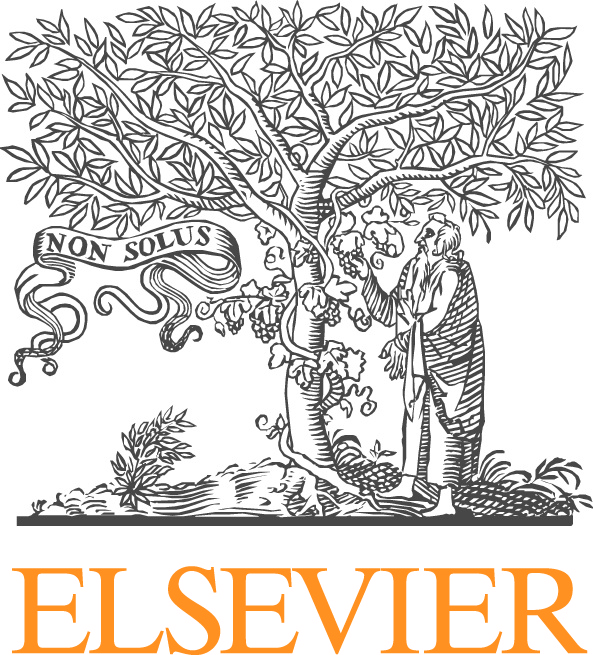Michael Puso, Lawrence Livermore National Laboratory
Rolf Krause, USI
Tod Laursen, State University of New York-Stony Brook
Jerome Solberg, Lawrence Livermore National Laboratory
The mechanics of interfaces can take on a variety of related forms: embedded or overlapping discrete mesh interfaces, contact surface interfaces etc. This symposium focuses on the computational/numerical aspects of interface modeling and covers a number of interface physics in the areas of solid and fluid mechanics, electromagnetics and thermal analysis. Specific instantiations may include: mechanical contact of dissimilar solid meshes often with friction or wear, overlapping mesh methods such as immersed boundary techniques with fluid structure interaction and embedded interface techniques that deal with fracture networks or phase transformation at the material interfaces etc.
The computational modeling of interfaces demands a variety of special mathematical techniques including: spatial discretization approaches that may be stabilized and/or require Lagrange multipliers, implicit solution of resulting systems of equations using fast solvers, special time-integration schemes for impact dynamics, handling of moving meshes for fluid-structure implementation, structural topology optimization and special material considerations at the interface that may require unique continuum, multi-scale models or molecular dynamics.







